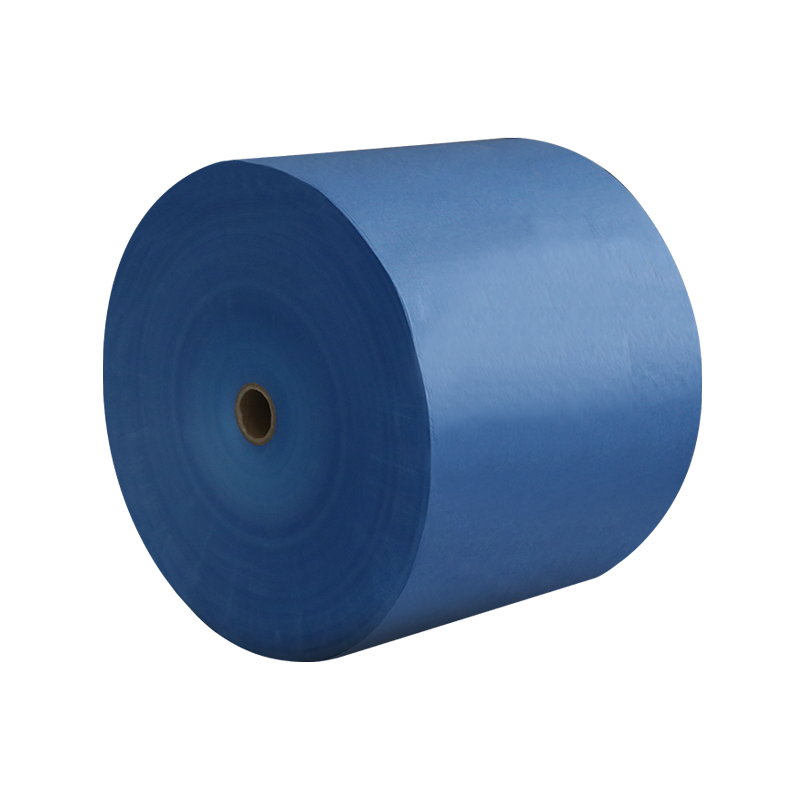In the modern printing industry, printing base paper is the core material for carrying printed content. Its quality and characteristics directly determine the effect of the final printed product. Whether it is a book, magazine, packaging box or advertising poster, the choice of printing base paper is crucial. It not only affects the color performance and detail clarity of the printing, but also the durability and environmental performance of the finished product.
The quality of printing base paper depends on many factors, including pulp raw materials, surface smoothness, thickness, whiteness and ink absorption performance. High-quality printing base paper can significantly improve the printing effect, making the image more vivid and the text clearer.
Advantages of printing base paper
Excellent printability
The printing base paper is optimized to adapt to a variety of printing methods, including offset printing, gravure printing, flexographic printing and digital printing, ensuring uniform ink distribution and accurate color reproduction.
High-resolution support
High-quality printing base paper has a smooth and delicate surface, which can support high-resolution printing and present finer image and text details.

Good stability
During the production process, the printing base paper undergoes strict humidity control and calendering treatment, which has high dimensional stability and avoids deformation during printing or post-processing.
Diverse choices
Depending on different printing needs, different types of printing base paper can be selected, such as coated paper with a strong glossiness is suitable for high-end albums, while matte specialty paper is suitable for artwork or personalized design.
Environmental protection and sustainability
Modern printing base paper is increasingly made of renewable resources and is FSC (Forest Stewardship Council) certified, which is in line with the concept of green environmental protection.
Economical and efficient
The cost of printing base paper is relatively low, and it can meet the needs of large-scale production, providing enterprises with cost-effective solutions.
Application scenarios of printing base paper
Publication printing
Books and magazines: Offset paper and light coated paper are commonly used base papers for books and magazines, which can provide good printing effects and reading experience.
Newspapers and leaflets: Newsprint is widely used in the production of newspapers and leaflets because of its low cost and suitability for high-speed printing.
Packaging and printing
In food, cosmetics and electronic product packaging, printed base papers are often used to make folding cartons, labels and outer packaging to enhance the visual appeal and brand image of products.
Advertising and promotional materials
Advertising materials such as posters, banners and display stands often use high-gloss coated paper or specialty paper to highlight the vividness and details of the image.
Art and creative design
Artists and designers prefer to use special printed base papers with unique textures to create limited edition albums, business cards or invitations, showing unique texture and personality.
Industrial use
In some industrial fields, printed base papers are used to make functional products such as wallpaper, film and decorative materials.
When purchasing printed base papers, it is necessary to make comprehensive considerations based on specific needs and budget:
Printing process
Different printing methods have different requirements for base papers. For example, offset printing requires paper with uniform ink absorption, while digital printing is more suitable for paper with a smooth surface.
Paper thickness and weight
Choose the appropriate paper weight according to the purpose of the finished product. For example, the inner pages of a book usually use 80-120g offset paper, while the cover may require more than 200g coated paper.
Surface treatment
Glossy paper is suitable for products that require high brightness effects, while matte paper is more suitable for designs that pursue low-key texture. In addition, it is necessary to consider whether lamination or embossing is required.
Whiteness and color performance
Paper with high whiteness can better restore colors, but for some special designs, paper with base color or texture can also be selected.
Environmental certification
If you pay attention to environmental protection, you should choose printing base paper that is FSC certified or made of renewable materials to reduce the impact on the environment.
Budget and cost-effectiveness
Weigh the quality and price of paper according to the project budget and choose the most suitable solution.
As an important basic material in the printing industry, printing base paper is not only a guarantee of high-quality printing, but also a key carrier for realizing creative design. With the advancement of technology and changes in consumer demand, the types and performance of printing base paper are constantly enriching and improving. In the future, more environmentally friendly, intelligent and functional printing base paper will inject new vitality into the printing industry.
Whether it is commercial printing or artistic creation, choosing a suitable printing base paper can significantly improve the quality and value of the finished product. For enterprises and designers, a deep understanding of the characteristics and application scenarios of printing base paper can not only improve work efficiency, but also add more highlights to brands and works. Printing base paper will continue to promote innovation and development in the printing industry and bring more wonderful experiences to people's lives.